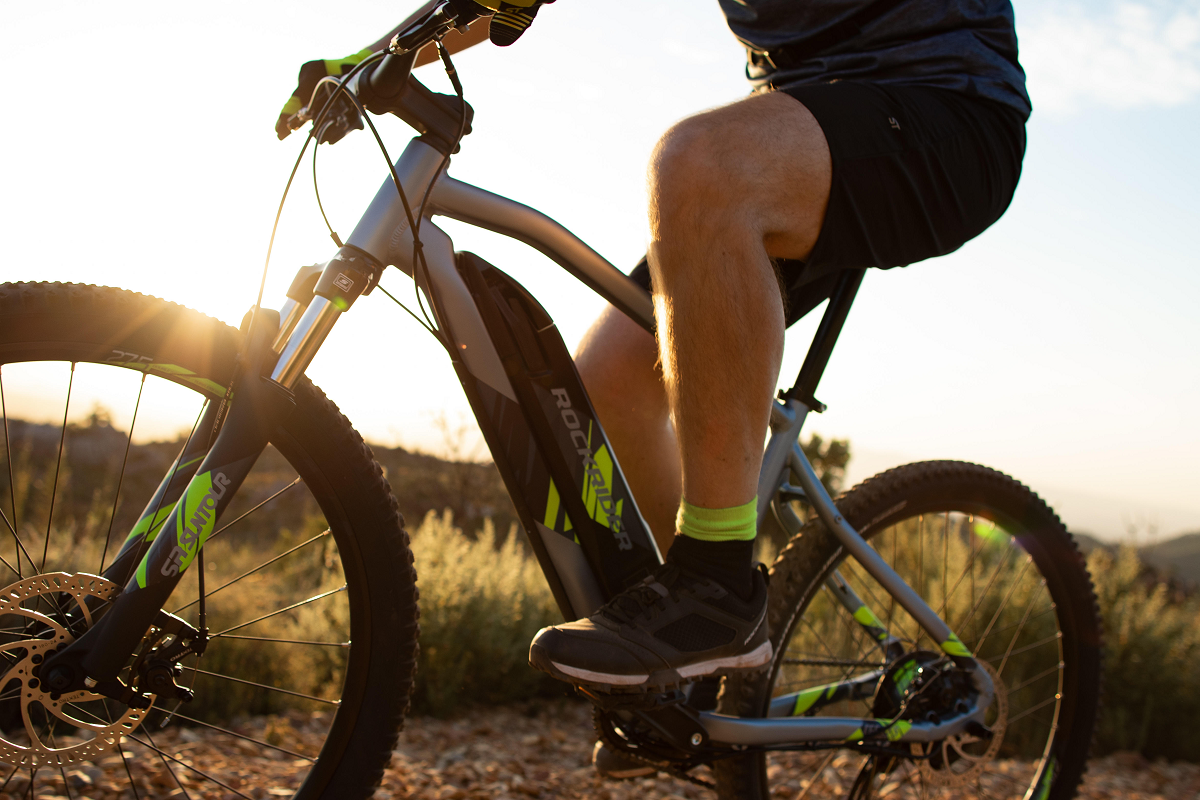
Mountain biking has gained immense popularity over the years as an exciting and adventurous outdoor activity. It offers the perfect blend of adrenaline rush, physical exertion, and connection with nature. However, for beginners, the world of mountain bikes can be overwhelming. With a plethora of options available, choosing the right type of mountain bike can be a daunting task. In this article, we will explain the different types of mountain bikes to help you make an informed decision and find the perfect ride for your needs.
Cross-Country (XC) Bikes:
Cross-Country bikes, also known as XC bikes, are designed for speed, efficiency, and long-distance riding. XC bikes feature lightweight frames, narrow tires, and a more aggressive geometry, allowing riders to pedal efficiently and maintain higher speeds. They typically have front suspension forks with limited travel, which helps absorb bumps and improve control, ensuring a smooth ride.
Trail Bikes:
Trail bikes are the versatile all-rounders of the mountain bike world. They feature a moderate amount of suspension travel, usually between 120mm and 140mm, which helps soak up bumps and provide better traction. Wider tires with aggressive tread patterns offer enhanced grip, allowing riders to confidently tackle various trail conditions. Trail bikes have a more relaxed geometry compared to XC bikes, providing stability and comfort for longer rides.
All-Mountain/Enduro Bikes:
All-Mountain bikes, also known as Enduro bikes, are built to handle aggressive riding on challenging terrain. All-Mountain bikes have full-suspension systems with longer travel, typically ranging from 140mm to 170mm, allowing them to absorb bigger impacts and maintain control at higher speeds. They feature wider and grippier tires for better traction, a slacker geometry for stability, and stronger components to withstand the demands of aggressive riding.
Downhill (DH) Bikes:
Downhill bikes are purpose-built for the adrenaline-fueled world of downhill racing and extreme riding on steep, rough, and gnarly terrains. These bikes are built to withstand intense impacts and high speeds. Downhill bikes have full-suspension systems with long travel, usually exceeding 200mm, to handle the harshest terrain. They have heavy-duty frames, reinforced components, and wide tires with aggressive tread patterns for maximum traction. Downhill bikes prioritize stability, control, and the ability to withstand large drops and jumps.
Fat Bikes:
Fat bikes have gained popularity in recent years for their ability to handle soft and challenging terrains, including snow, sand, and mud. These bikes feature oversized tires, typically ranging from 3.8 inches to 5 inches wide, mounted on wider rims. The large tire volume allows for low tire pressure, providing excellent flotation and grip over loose surfaces.
Electric Mountain Bikes:
Electric Mountain Bikes, or e-bikes, are equipped with an electric motor that assists the rider’s pedaling efforts. This added power allows riders to tackle steep climbs and cover longer distances with ease. E-bikes have gained popularity among riders of all skill levels, as they provide a boost to ride longer and more challenging trails. Electric mountain bikes come in various configurations, ranging from XC e-bikes to full-suspension e-bikes designed for off-road adventures.
Hardtail vs. Full Suspension Bikes:
When choosing a mountain bike, you’ll come across the terms “hardtail” and “full suspension.” These terms refer to the type of suspension the bike has, or more accurately, doesn’t have.
Hardtail bikes have a suspension fork at the front, offering travel to absorb bumps and improve control. However, they lack rear suspension, which means the rear wheel has no shock absorption. Hardtails are lighter, more affordable, and more efficient for climbing.
Full suspension bikes, on the other hand, have both front and rear suspension systems, providing better comfort, control, and traction on rough and technical terrains. Full suspension bikes excel in downhill sections, soak up bigger impacts, and provide improved grip. However, they are heavier, more expensive, and require more maintenance than hardtail bikes.
In conclusion, choosing the right mountain bike depends on your riding style, the type of terrain you’ll be tackling, and your personal preferences. Different types of mountain bikes cater to specific riding needs, from speed-focused cross-country rides to aggressive downhill descents.

